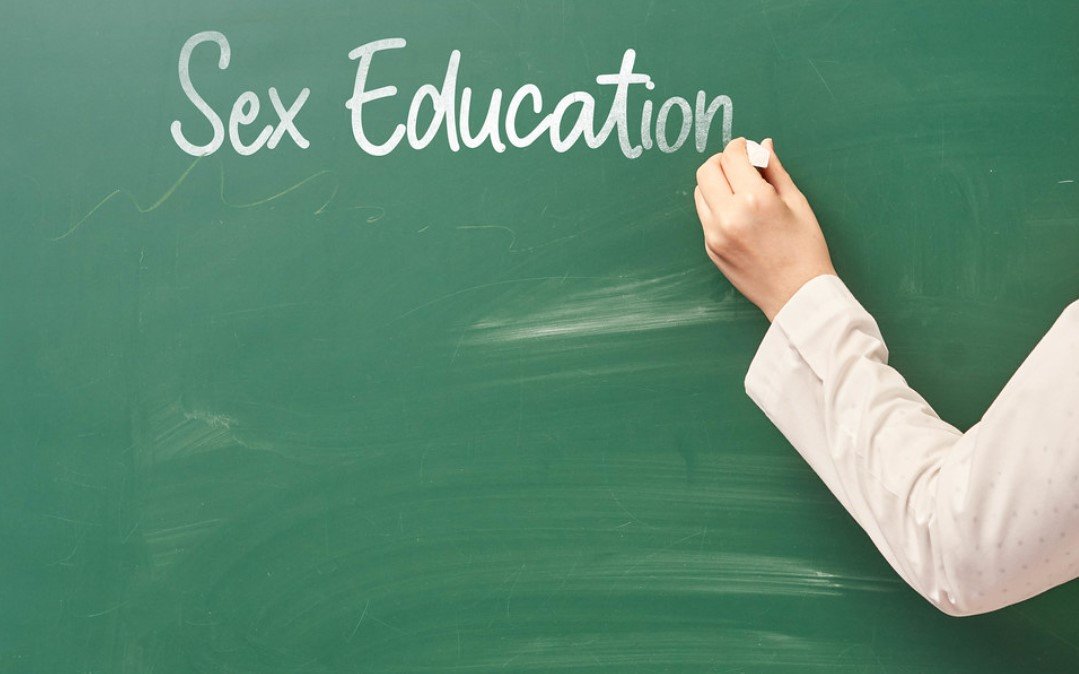In an era where traditional sexual health education is often criticized for not keeping pace with the realities faced by young people, a significant number are turning to alternative sources like pornography and social media for information. This trend comes amid a concerning increase in sexually transmitted infections (STIs), prompting a reevaluation of how sexual health education is delivered.

The Shift to Digital Learning
The digital landscape has become a primary source of information for today’s youth, with many finding it more accessible and less intimidating than traditional educational settings. However, this shift raises questions about the accuracy and healthiness of the information being consumed.
The reliance on pornographic content for sexual education is particularly troubling, as it often portrays unrealistic and sometimes harmful depictions of sex. Social media, while a potential platform for peer-to-peer learning, also presents risks of misinformation.
The Impact on Sexual Health
The consequences of inadequate sexual health education are stark, with rising STI rates highlighting the urgent need for comprehensive and accurate information. Young people are at the forefront of this surge, with diagnoses of chlamydia, gonorrhea, and syphilis reaching alarming levels.
The situation is exacerbated by the spread of myths and misconceptions about sexual health on social media platforms, where unverified information can go viral and reach vast audiences.
Towards a Solution
Addressing the gap in sexual health education requires a multifaceted approach. It involves not only updating curricula to reflect current realities but also leveraging technology to provide authoritative, engaging, and youth-friendly resources.
Collaboration between educators, healthcare providers, and tech companies could pave the way for innovative solutions that resonate with young people and equip them with the knowledge they need to make informed decisions about their sexual health.
















